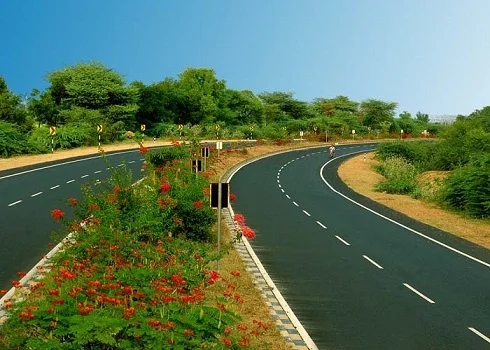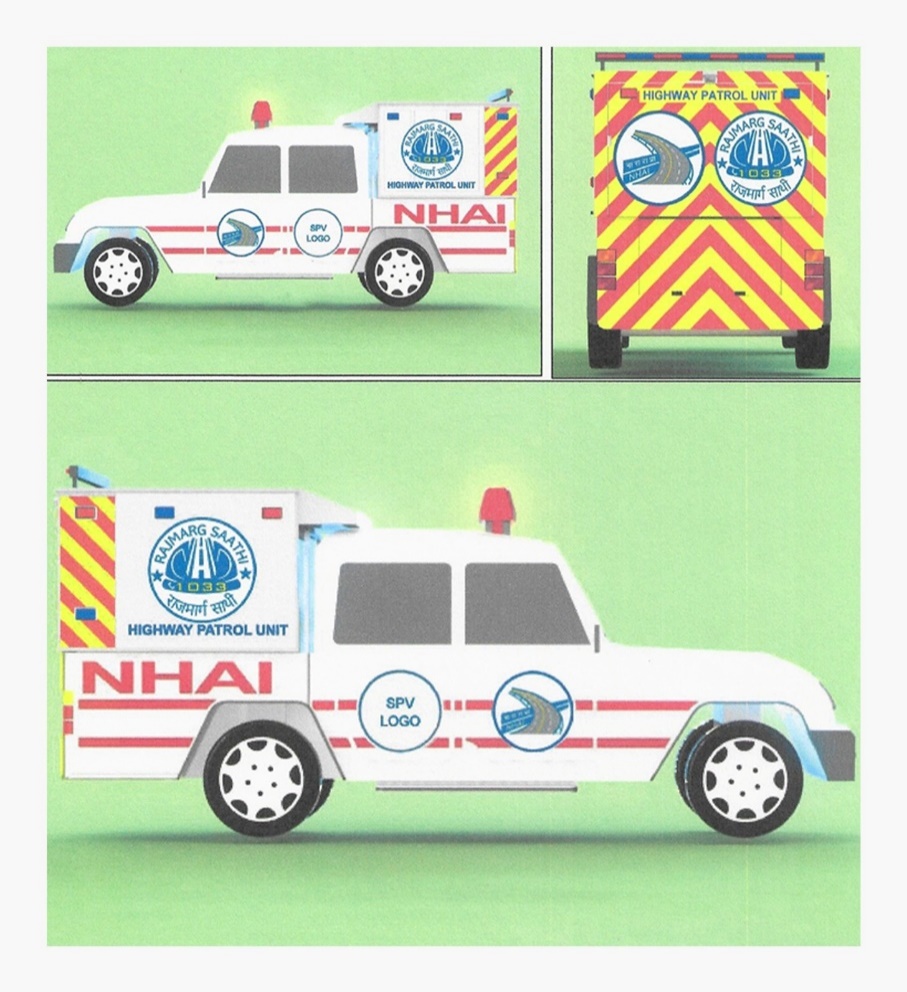- Courses
- GS Full Course 1 Year
- GS Full Course 2 Year
- GS Full Course 3 Year
- GS Full Course Till Selection
- Online Program
- GS Recorded Course
- NCERT (Recorded 500+ Hours)
- Polity Recorded Course
- Geography Recorded Course
- Economy Recorded Course
- AMAC Recorded Course
- Modern India, Post Independence & World History
- Environment Recoded Course
- Governance Recoded Course
- Science & Tech. Recoded Course
- International Relations and Internal Security Recorded Course
- Disaster Management Module Course
- Ethics Recoded Course
- Essay Recoded Course
- Current Affairs Recoded Course
- CSAT
- 5 LAYERED ARJUNA Mentorship
- Public Administration Optional
- ABOUT US
- OUR TOPPERS
- TEST SERIES
- FREE STUDY MATERIAL
- VIDEOS
- CONTACT US
Rajmarg Saathi: Revolutionizing Highway Safety by NHAI
Rajmarg Saathi: Revolutionizing Highway Safety by NHAI
16-12-2024

In December 2024, the National Highways Authority of India (NHAI) is introducing upgraded Incident Management Services to improve road safety and enhance highway patrolling in India.
- The initiative includes updated specifications for new Route Patrolling Vehicles (RPVs) called ‘Rajmarg Saathi,’ covering their design, functionality, technology, components, and manpower requirements.
 Key Features of Rajmarg Saathi RPVs
Key Features of Rajmarg Saathi RPVs
- Emergency Preparedness and Equipment Storage: The RPVs will inspect highway stretches to address emergencies efficiently.
- Earlier models had an open rear space for storing equipment, leading to disorganized storage and delays in response.
- The new RPVs feature a closed cabinet with dedicated shelves, allowing organized storage and easy access to emergency tools and inventory.
- AI-Powered Technology for Road Monitoring: A dashboard camera with AI video analytics will capture data on cracks, potholes, and other road conditions.
- The system will also identify vehicles, pedestrians, road signs, and other infrastructure elements.
- Weekly data collection by NHAI will integrate this information into the NHAI One application, streamlining road maintenance activities.
- Vehicle Usage and Replacement Guidelines: RPVs will be replaced once they complete 3,00,000 km or three years of operation, ensuring they remain service-ready.
- Enhanced Branding and Visibility: Special emphasis has been given to the external appearance of the RPVs to ensure they are easily recognizable as Highway Patrol vehicles.
- Equipped with advanced communication and safety tools, these vehicles will help minimize traffic disruptions and improve road safety for highway users.
- Additional Enhancements
- Uniform for Personnel: The uniform for patrolling personnel has been updated to include a bright blue color, reflective jackets, and authority logos for clear identification.
- Incident Management: RPVs will play a critical role in maintaining traffic flow, managing incidents, and ensuring safety on highways.
- Commitment to Road Safety: NHAI remains dedicated to enhancing road safety standards and delivering a smooth travel experience for all highway users across the country.
National Highways Authority of India (NHAI)
|
| Also Read | |
| UPSC Prelims Result | UPSC Daily Current Affairs |
| UPSC Monthly Mgazine | Previous Year Interview Questions |
| Free MCQs for UPSC Prelims | UPSC Test Series |
| ENSURE IAS NOTES | Our Booklist |



